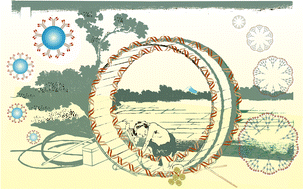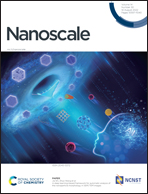Nanoarchitectonics horizons: materials for life sciences
Abstract
Nanoarchitectonics relies on the fabrication of materials at the atomic/molecular level to achieve the desired shape and function. Significant advances have been made in understanding the characteristics and spatial assemblies that contribute to material performance. Biomaterials undergo several changes when presented with various environmental cues. The ability to overcome such challenges, maintaining the integrity and effective functioning of native properties, can be regarded as a characteristic of a successful biomaterial. Control over the shape and efficacy of target materials can be tailored via various processes, like self-assembly, supramolecular chemistry, atomic/molecular manipulation, etc. Interplay between the physicochemical properties of materials and biomolecule recognition sites defines the structural rigidity in hierarchical structures. Materials including polymers, metal nanoparticles, nucleic acid systems, metal–organic frameworks, and carbon-based nanostructures can be viewed as promising prospects for developing biocompatible systems. This review discusses recent advances relating to such biomaterials for life science applications, where nanoarchitectonics plays a decisive role either directly or indirectly.

- This article is part of the themed collections: Design and function of materials nanoarchitectonics and Recent Review Articles


 Please wait while we load your content...
Please wait while we load your content...